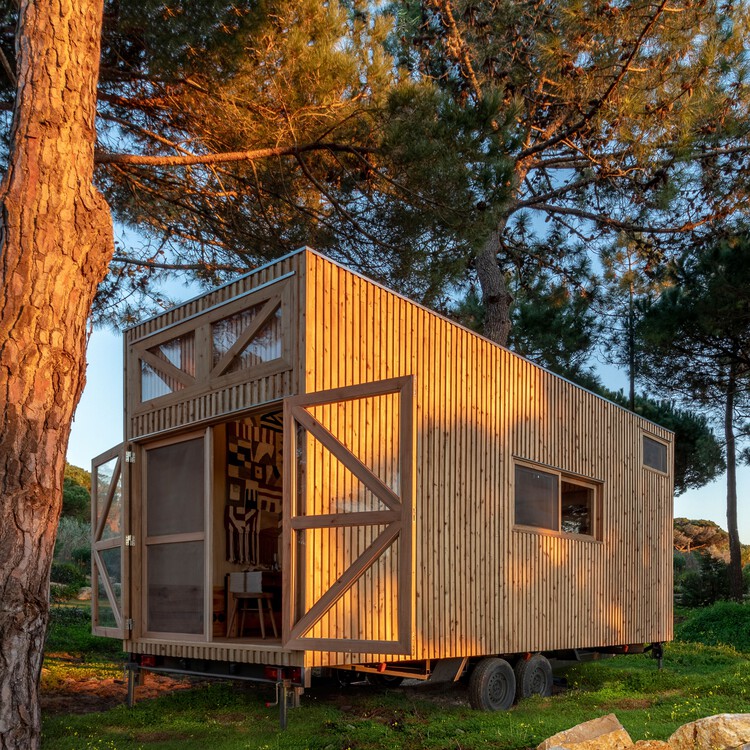One of the more interesting trends sweeping the global housing market is toward minimalism. For a variety of reasons, home-builders are looking to create tiny houses. This trend has been neatly documented by George Clarke’s Netflix series, Tiny House Nation, but the truth is that smaller homes have been an artform for centuries, in one form or another.
Tiny houses lack an official definition, so we can think of them as simply very small houses. In many cases, they’re small enough to be transported around on wheels – but this needn’t necessarily be the case.
Where do tiny homes fit in legally?
If a house is going to be transported on British roads, whether it’s a caravan or not, it’ll need to be within the size limits. This means smaller than 2.55 metres wide and 7 metres long. While a tiny home might be longer than that, you’ll need a category C1E license to be able to tow it. This will also allow you to tow a load of up to 12,000kg.
You can then position your tiny home on any plot of land where caravans can legally be parked. This means that you’ll need the permission of the person or organisation whose land you’re occupying. For most owners of tiny homes, the most straightforward route is often to buy a plot of land for yourself.
Maximising space
When you’re living in a small space, it’s vital that you think about how you’re going to use that space efficiently. This tends to mean dispensing with the items that you don’t really need, and sticking with a core of very useful pieces of furniture. This can actually be quite liberating, as it’ll prevent you from accumulating clutter.
It’s also worth thinking about investing in fitted furniture, which can eliminate the wasted space you might get around the sides of ready-made items. Storage matters, too; the more efficiently you can tidy away loose items, the more space you’ll have elsewhere. This means making good use of the backs of cabinet doors, and having a space where pots, pans, and utensils can be hung for easy access.
Eco-friendly
Smaller houses tend to have a smaller ecological impact. This makes them the obvious choice of environmentally-conscious homeowners. They tend be built from more sustainable materials, they consume less energy, and they produce less waste, too.
The amount of energy you spend heating your property constitutes a huge chunk of the overall energy your property consumes. The smaller the space, and the better insulated it is, the smaller your footprint will be.
Finally, tiny homes tend to be extremely affordable – to the point that you’ll be able to pay off a mortgage in a matter of years, rather than decades. If you’re unconcerned about space, in other words, they’re an obvious choice.

